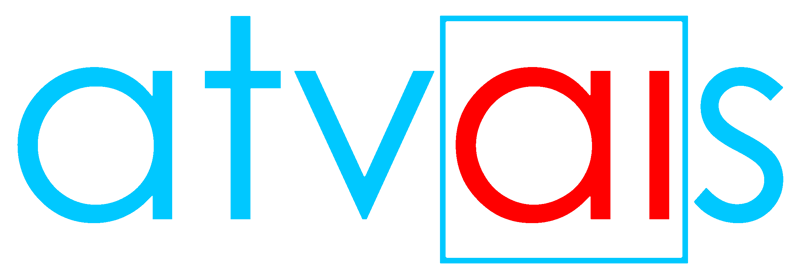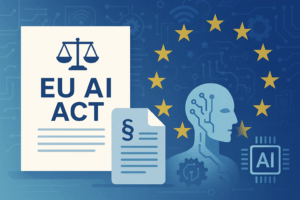The rise of artificial intelligence has introduced a wave of global regulatory frameworks, all demanding greater transparency. At the same time, companies are under increasing pressure to protect the intellectual property behind their AI models. These two forces are fundamentally at odds, creating what has become known as the Transparency Paradox.
This paradox is just one of several inherent tensions in the AI governance landscape. Others include the Autonomy Accountability Paradox, the Global Local Regulatory Paradox, and the Data Paradox. Each reveals a different facet of the challenge AI governance professionals face in aligning legal, ethical, and business objectives. In this article, we explore the Transparency Paradox in depth and identify strategies for resolving it responsibly.
What the Transparency Paradox Challenges
Transparency is a core principle in emerging AI regulation. It supports accountability, public trust, and ethical decision-making. But explaining how AI works often requires disclosing sensitive design information. For companies, this presents a threat to competitive advantage and system security.
Regulations like the EU AI Act require high-risk AI systems to be understandable to both users and regulators. However, disclosing an AI system’s logic and training data may reveal trade secrets or expose the system to manipulation. Researchers have shown that model explanations alone can be enough for attackers to reconstruct entire algorithms.
This makes transparency a potential liability. Companies must decide how to comply with legal demands for explainability while ensuring that their intellectual assets and system integrity remain intact. These trade-offs lie at the core of the Transparency Paradox.
How the Transparency Paradox Impacts Governance
AI governance professionals are tasked with turning regulatory requirements into operational practices. Transparency, while essential, becomes complicated when legal, commercial, and technical priorities conflict.
Governance teams must weigh the following challenges:
- Legal requirements for explainability versus protection of trade secrets
- Ethical obligations to users versus risks of adversarial exploitation
- Operational pressure to deliver AI products quickly versus documentation and compliance needs
These tensions can slow down deployment timelines, increase compliance costs, and create internal friction across legal, engineering, and executive teams. For example, an AI model used in hiring decisions may require explainability to meet fairness standards, but detailing the decision logic could expose bias-mitigation strategies competitors could mimic or misuse.
The difficulty grows in organizations operating across multiple jurisdictions, where transparency expectations may differ from one region to another. A solution deemed acceptable under one framework may fall short elsewhere, further complicating governance.
What Regulators Expect from Transparency
While transparency appears to demand openness, most regulators do not require full public disclosure of every model detail. Instead, they expect a degree of clarity that allows oversight and informed use.
The EU AI Act provides a good example. For high-risk AI systems, it requires that users can understand the system’s purpose, functionality, and limitations. It also asks that competent authorities can access deeper documentation. However, it does not ask for algorithmic source code to be published or shared with the public.
Regulators encourage proportionate transparency, meaning the level of detail depends on the system’s risk category and use context. Companies can often meet legal expectations by providing structured documentation, accessible interfaces, and functional overviews without exposing their core models.
This opens the door for more strategic transparency—where explainability is carefully designed and contextual rather than absolute or overly revealing.
How to Resolve the Transparency Paradox in Practice
Solving this paradox requires thoughtful design choices throughout the AI development and governance process. Rather than offering full disclosure, organizations can implement structured, risk-sensitive transparency models that meet compliance while protecting valuable IP.
The following practical measures can help organizations find the right balance:
- Tiered transparency protocols: Differentiate what is shared with users, regulators, and internal teams, based on necessity and sensitivity
- Privacy-preserving technologies: Use techniques like differential privacy and federated learning to share useful insights without exposing raw data
- Internal explainability systems: Build robust documentation and audit trails for internal governance while limiting public disclosures
- Legal and risk reviews: Involve legal and security experts early in the design phase to assess disclosure risks and prepare compliant documentation
- Rationale logging: Record why specific information is withheld and how that decision aligns with regulatory expectations
These actions allow organizations to demonstrate transparency through design and process, without compromising the core intellectual assets that drive innovation.
Building Transparency into AI Development
The most effective way to manage transparency is to treat it as an integral part of system design. Rather than retrofitting explainability into a finished model, organizations should plan for it from the beginning.
This starts with cross-functional collaboration. Legal, compliance, data science, and product teams must work together to define what transparency means for each use case. Governance boards can oversee these decisions, ensuring that transparency objectives are met without introducing unnecessary risks.
By establishing explainability protocols early, teams can document model development, decision logic, and intended use in a way that aligns with both business goals and regulatory obligations. Doing so also reduces the chance of conflict or rework during audits or market launches.
In addition, organizations should monitor evolving regulatory guidance to ensure ongoing alignment. As laws mature and best practices emerge, transparency expectations will become clearer. Staying ahead of these trends allows companies to design systems that are ready for scrutiny, without revealing their blueprints.
Conclusion
The Transparency Paradox captures one of the most difficult trade-offs in modern AI governance. Explainability is essential for accountability, safety, and trust, but it also risks revealing what companies most need to protect. Striking the right balance requires strategy, not compromise.
Organizations that succeed in navigating this paradox do so by embedding transparency into their design processes, tailoring their disclosures to specific audiences, and applying privacy-preserving technologies when appropriate. They also stay informed about what regulators actually require—clarity of function and intent, not unrestricted access to core algorithms.
As AI governance continues to evolve, the ability to manage such paradoxes will define effective, responsible leadership. In upcoming articles, we will explore related tensions, including how to maintain accountability in autonomous systems and how to operate across fragmented global regulatory environments. Each paradox brings new challenges—and new opportunities—for smart, adaptive governance.






